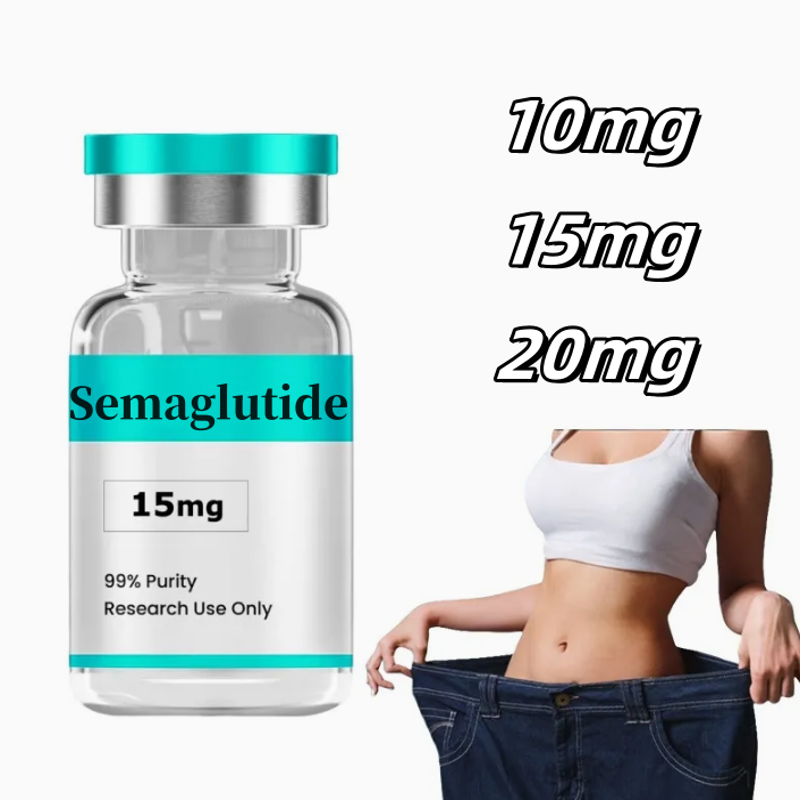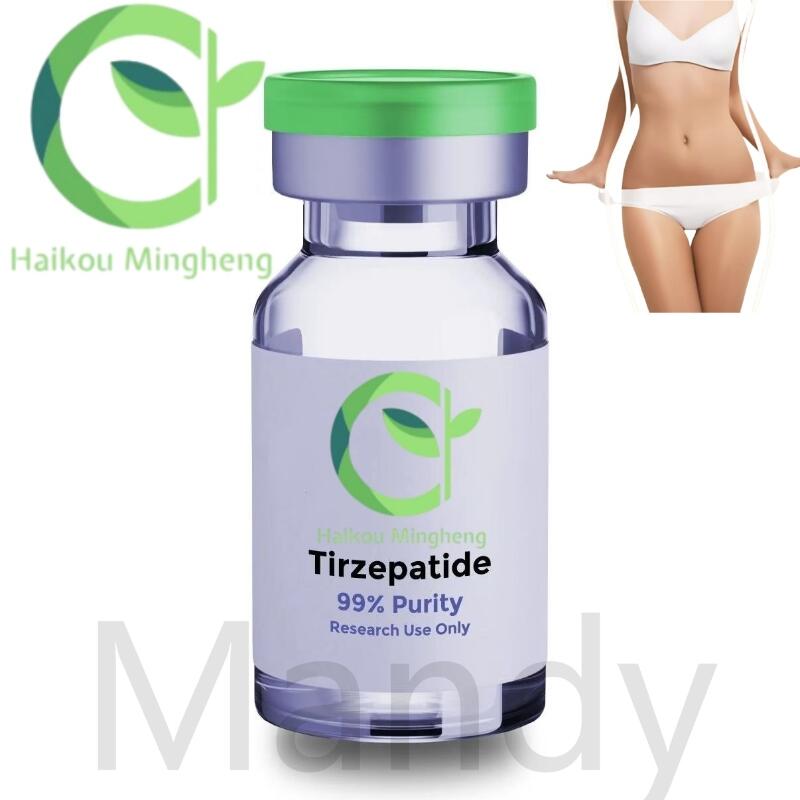Antidiabetic drugs can also be good analgesics
-
Last Update: 2014-05-09
-
Source: Internet
-
Author: User
Search more information of high quality chemicals, good prices and reliable suppliers, visit
www.echemi.com
Our news (reporter Xu Ruizhe) when studying diabetes treatment, Wang Yongxiang's team of Shanghai Jiaotong University School of medicine accidentally found that a hypoglycemic agent has magical analgesic effect, and the inhibition rate of many chronic pain in animal experiments is 60% to 90% After systematic research at the cellular and molecular level, the research team recently announced that it had found a new target and a new pathway for in vivo analgesia, and the related achievements were also published in the latest international neuroscience authoritative journal neuroscience Glucagon like peptide-1 (GLP1) is a good antidiabetic for diabetic patients In related experiments, the researchers tentatively injected glucagon like peptide-1 into the spinal cord sheath of the rats injected with formalin, which effectively inhibited the persistent pain In fact, 25% of people with diabetes have neuropathic pain But why can they only reduce blood sugar and pain after they are injected with agonists such as glucagon like peptide-1? It turns out that this kind of peptide agonist belongs to protein macromolecule and can not directly act on the spinal cord through the blood-brain barrier Professor Wang Yongxiang introduced that, according to the comparative experimental data, the effect of glucagon like peptide-1 in different chronic pain models is in the order of large to small: persistent pain caused by formalin, neurogenic pain caused by nerve ligation, mechanical pain caused by bone cancer, inflammatory pain, diabetic pain, etc., but it is most ineffective for acute pain He believes that acute pain is also a "wake-up call" beneficial to the human body and cannot be completely suppressed Wang Yongxiang's team also carried out comparative experiments with morphine and other commonly used analgesic preparations They found that compared with the side effects of morphine tolerance, the "drug resistance" of spinal glucagon like peptide-1 was better Long-term or incremental administration would not reduce or even disappear the analgesic effect, and it could also be used with morphine "As a new target molecule for the treatment of chronic pain, glucagon like peptide-1 receptor has good drug-forming, high efficiency, pain signal transduction specificity, no tolerance addiction and so on," Wang Yongxiang said This research result has been applied for a national patent In the next step, a batch of new clinical drugs will be produced, which can be easily taken orally and directly to the target from outside to inside.
This article is an English version of an article which is originally in the Chinese language on echemi.com and is provided for information purposes only.
This website makes no representation or warranty of any kind, either expressed or implied, as to the accuracy, completeness ownership or reliability of
the article or any translations thereof. If you have any concerns or complaints relating to the article, please send an email, providing a detailed
description of the concern or complaint, to
service@echemi.com. A staff member will contact you within 5 working days. Once verified, infringing content
will be removed immediately.







